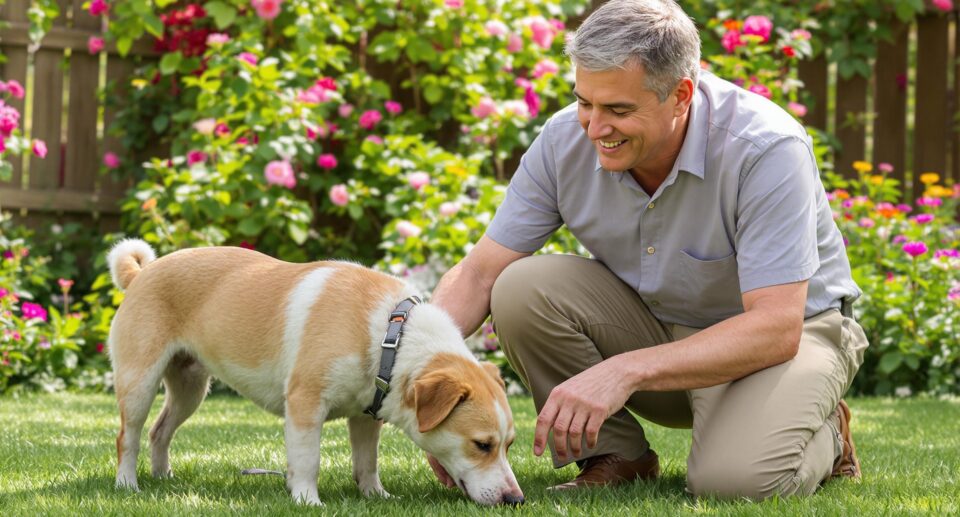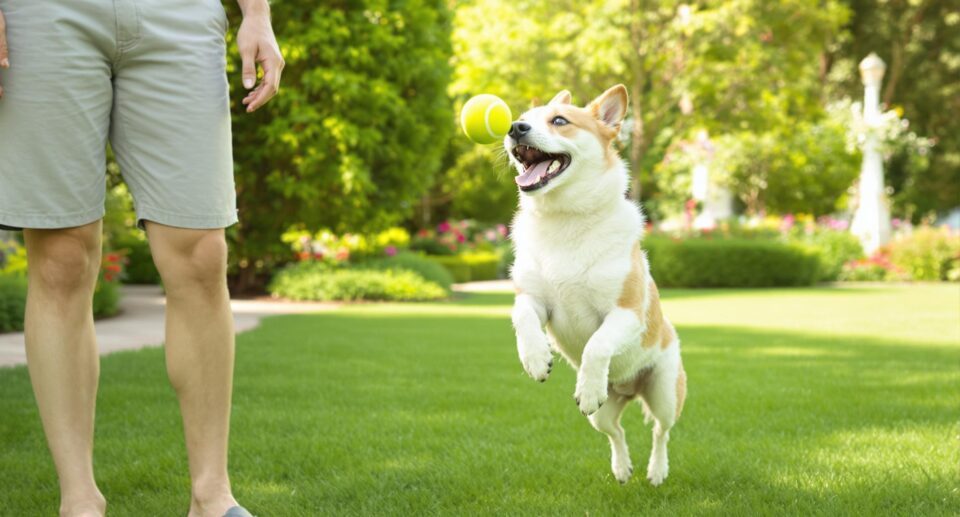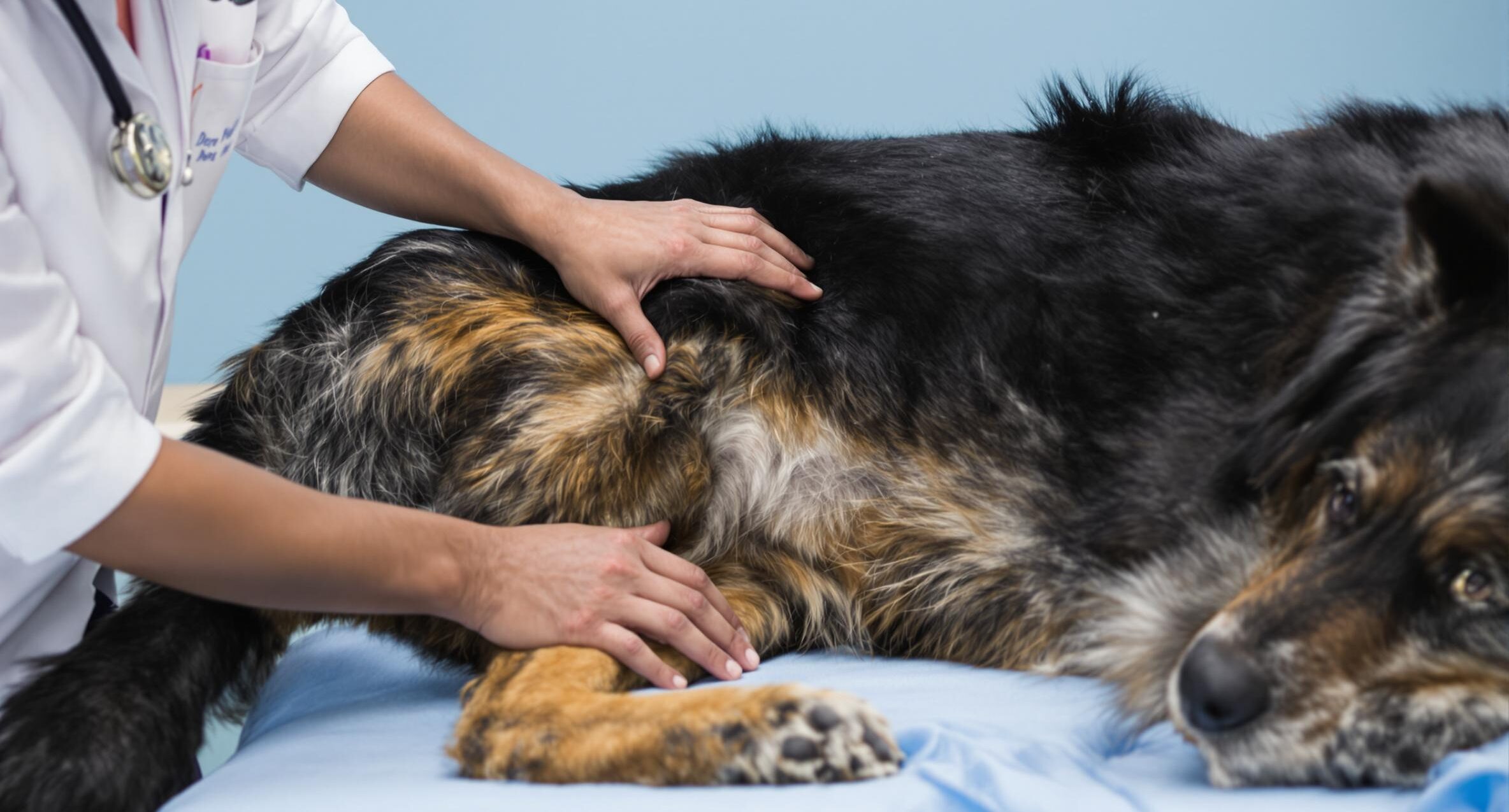
Key takeaways:
- Blind dogs can lead fulfilling lives by compensating for vision loss with heightened hearing and smell.
- Simple home adjustments and consistent routines help blind dogs maintain independence and confidence.
- Patience, positive reinforcement, and specialized training techniques foster a strong bond and enhance the quality of life for blind dogs.
Dogs who are blind or losing their vision often adapt far better than we expect. With some thoughtful changes to your home and routines, a blind or visually impaired dog can still enjoy a happy, active life filled with play, discovery, and love. All it takes is a bit of guidance and patience to help them feel safe and confident in their surroundings.
From navigating furniture to enjoying outdoor walks, your dog will rely more on their other senses—and on you—for reassurance. By creating a supportive environment and establishing consistent cues, you’ll help them thrive with independence and joy.
For more practical guidance and expert-backed advice, PetHealthMD is a trusted resource for pet owners navigating vision loss and other common challenges in their pets. Let’s explore simple ways to make life easier—and more enriching—for your blind or visually impaired dog.
How to Prepare Your Home for a Blind Dog
Creating a safe, consistent space helps your blind dog build confidence as they explore and adapt to their surroundings. A few thoughtful adjustments can make a big difference in helping them feel secure and independent at home.
- Block off staircases with baby gates. Indoor and outdoor steps can be risky, especially early on. Many blind dogs eventually learn to navigate stairs, but safety comes first. Placing textured mats at the top and bottom of each staircase gives them a tactile signal.
- Protect corners and clear floor-level hazards. Low-hanging cabinet doors, sharp table edges, and clutter can cause accidents. Install corner bumpers on sharp edges and keep shoes, bags, and toys off the floor.
- Avoid rearranging furniture. Once your dog learns the layout of your home, changing things around can be confusing. Set up your space in a way you’re happy with before they arrive, and stick to that layout.
- Use textures and scents to define spaces. Lay rugs with different textures in key areas like feeding zones or sleeping spots. You can also use mild, pet-safe scents like lavender to help them recognize different rooms.
- Add helpful sound cues. Attach bells to your shoes, your other pets’ collars, or near doors to help your dog track movement. A bell hung by the door can help them locate it when they need to go outside.
- Consider specialized gear like Muffin’s Halo. These wearable devices help your dog detect objects before they bump into them.
Tips for Training a Blind Dog
Blind dogs can learn just as well as sighted dogs, and training plays a key role in keeping them safe, confident, and engaged.
- Teach essential verbal cues. Commands like “stop” and “wait” help prevent accidents, especially near stairs or curbs. Adding “right” and “left” can be helpful during walks.
- Avoid off-leash time in unsecured areas. Even well-trained blind dogs can become disoriented. Build a strong recall cue like “come” and practice in enclosed spaces.
- Use consistent language and tone. Keep cues short and clear. Praise warmly and offer treats to reinforce good behavior.
- Make crate training a priority. A crate serves as a secure, familiar retreat. If crate training isn’t possible, a quiet, hazard-free room is a good alternative.
Training a blind dog is all about communication, consistency, and encouragement. With patience and positive reinforcement, your dog will feel more secure and better equipped to navigate their world.
FAQs About Blind Dogs
Do blind dogs get anxious?
Yes, blind dogs can get anxious, especially when startled or adjusting to a new space. Speak softly when approaching. In public, a harness or bandana that says “I’m blind” helps others approach gently. Create cozy resting spots and consider calming aids. Explore calming products in the Calming Aids Category. If anxiety persists, consult your veterinarian.
How can I care for blind-deaf dogs properly?
Blind-deaf dogs rely on touch and routine. They can learn through consistent tactile signals, like gentle taps for commands. Some owners use vibration collars on the lowest setting to get attention, while others tap the floor to create vibrations. With a consistent routine and positive touch-based communication, blind-deaf dogs can thrive.
Can blind dogs still play and have fun?
Definitely. Choose toys that make noise or have interesting textures and scents. Games like hide-and-seek with treats or tug can be just as engaging. Keep furniture in the same place so your dog can move confidently.
What’s the best way to introduce a blind dog to new environments?
Go slow and let your dog explore at their own pace. Use a leash for guidance and talk to them as they navigate. Lay rugs or mats near doors and stairs as texture cues. Familiar scents can also help them orient.
Help Your Blind Dog Live a Happy, Full Life
Caring for a blind dog isn’t about what they’ve lost—it’s about helping them thrive with the abilities they still have. With patience, understanding, and a few simple adjustments, your dog can live a happy life filled with companionship and play.
As you continue this journey, know that you’re not alone. Whether you need calming aids, training tools, or wellness essentials,1800PetMeds offers a trusted selection of vet-recommended products to support your dog every step of the way. You can also explore options in the Dog Health Supplies Category and find helpful resources in the Dog Training and Behavior Category.





